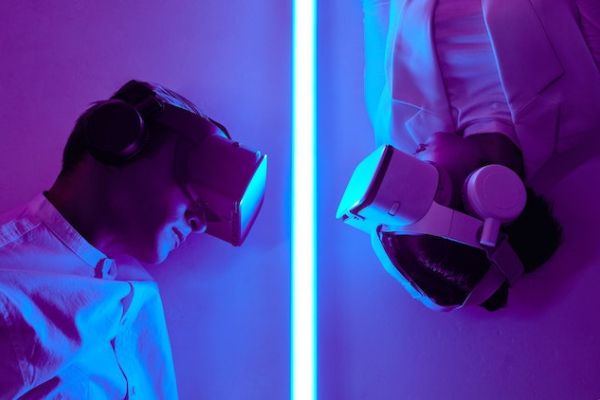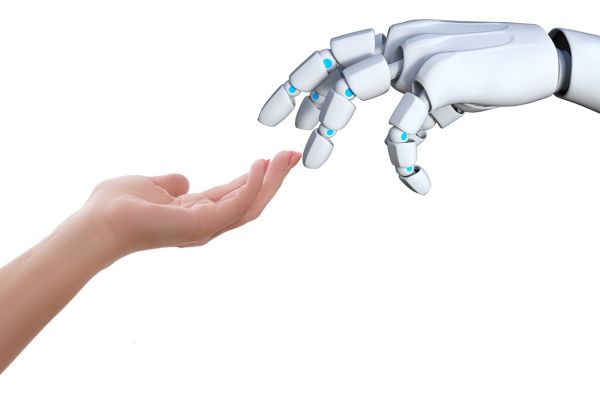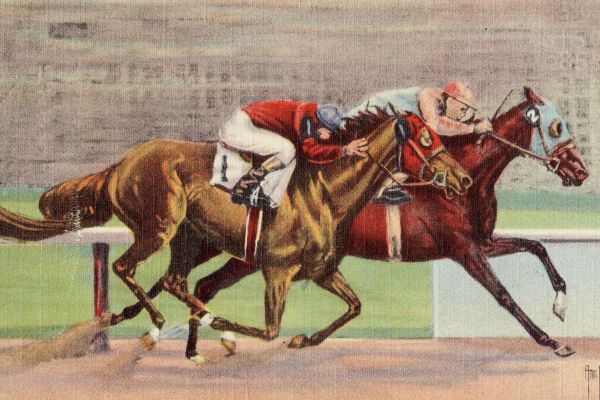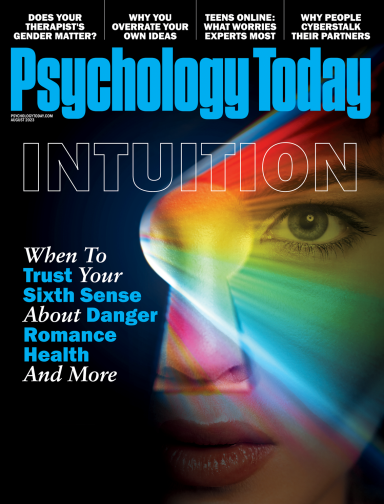Artificial Intelligence
AI-Image Generators and Dreams
The pros and cons of an emerging new tool for dream interpretation.
Posted July 12, 2022 Reviewed by Vanessa Lancaster
Key points
- AI-image generators can be valuable allies for dream interpretation.
- Using this technology with dreams has potential drawbacks, like strongly negative responses from participants, so caution is required.
- Future advances in AI-image generators will benefit from collaborating with experienced dreamers.

The practice of dream interpretation may be on the brink of a revolution, thanks to the emergence of powerful online tools for generating original images from text. However, an informal experiment with three long-term dreamers indicates much work still to be done to realize this potential.
The goal here is not to review a specific tool or approach. Rather, I want to highlight the key issues that any image-generator must address if it is to be successfully deployed with dreams. After considering several online resources, I selected one with the advantages of being fast and free, with several image styles available.
I asked three dream-journaling friends to describe a vivid image from one of their dreams that I could use with the image generator. I framed it as a novel kind of dream-sharing process, in the spirit of Jeremy Taylor and Montague Ullman, with each of the different images representing an “if it were my dream…” projection, but in this case, from an AI system rather than a group of people.
Let me begin with the most negative response since I found it so surprising and thought-provoking. This comes from “Sarah,” a woman in her 30’s whose dream image was “I’m holding a baby. It’s not mine.” I used the online tool to create eight different images of this dream and then shared them with Sarah. Here is what she told me in reply:
Oh my gosh, every single one of those images is absolutely horrifying with the exception of the last one! They feel very distorted and have bad trip vibes. Viscerally, I can feel my throat close like I’m about to vomit. I do not like them at all and the word coming to mind is abomination…
Sarah said she didn’t even like the last image very much. It just wasn’t as terrible as the others.
Sarah’s response makes it clear that in some instances, the AI-generated images can prompt a strongly negative response from the dreamer. Alas, there is no technological solution to this problem: the same image might be neutral to me, appealing to you, and yet an abomination to someone else. But the potentially negative impact can be minimized. In dream-sharing groups, we use the “if it were my dream…” preface for precisely this reason, to elicit another person’s perspective on the dream while also protecting the dreamer from intrusive, unwanted projections.
A practical suggestion for future versions of these systems is to include in a “dream mode” a cautionary note about the potentially startling and unsettling effect of the image-generator when used with dream material, plus a brief statement about the value of considering multiple perspectives on the dream, even perspectives that initially seem strange or off-putting, and a reminder that ultimately only the dreamer can know what their dream truly means.
The second dreamer’s response was more positive, highlighting the potential benefits of this technology. This comes from “Rose,” a woman in her 30’s whose dream image was “A forearm with a tattoo of a unicorn.”
I entered this phrase into the system and created images using the same eight visual styles.
Here is Rose’s response:
This memory was a relatively ‘small’ moment in a dream and yet these images spark my curiosity and add to the dream. I'm drawn into all of them and I feel that they expand my understanding of the dream. I'm reminded of how much I enjoy looking at tattoos.
They tell a story on the skin and yet even people who have the most prominently displayed tattoos rarely tell the deeper story/meaning of their art to the many people who see them.
Here, the AI-generated images provided the dreamer with new ways of thinking about her dream and stimulated further reflection on how the dream relates to her cultural experiences in the waking world. This is exactly what a conventional dream-sharing group seeks to elicit with the process of everyone offering different projections onto the single dream—the varying perspectives enhance and enrich the dreamer’s sense of meaning, relevance, and possibility.
Significantly, none of the images provided an exact match to Rose’s dream. In the context of dream-sharing, the goal is to provide an interesting and hopefully stimulating angle on the dream, not to replicate it with photographic accuracy. The latter might be impressive, but it would offer little or no insight to the dreamer.
The third dreamer, “Stanley,” a man in his 70s, found the images neither horrifying nor particularly insightful, though he did enjoy the weird artistry of several of them. His dream phrase, “Giant birds, take me home from an island in the sky,” gave the system an extra challenge, with several of the images failing to yield a coherent visual representation. Stanley’s overall response is worth pondering:
I suspect that the AI program interprets "dream" to mean impressionistic, gauzy, dreamlike, as the conventional thought of it goes. Or did you include the word dream in your input to the AI? [I did not.] Perhaps it just inferred it from the impossibility of the situation.
At any rate, many of my dreams are very concrete and clear, with no fuzzy bits. I see every brick in a building, every leaf on the trees, every line on a person's face.
Here is another essential point: not all dreams are like a Salvador Dali painting or any other work of surrealist art. Some dreams, like Stanley’s, have strong elements of naturalism and perceptual clarity.
Looking ahead, the best way to realize the transformational power of this technology as a tool for dream interpretation will be to collaborate closely with experienced dreamers, ideally those who are also experienced artists, in the basic training of the algorithms.
If actual dreams and dreamers are included in the learning input of these systems, their output will be much more useful for the interpretive process.

















